Your basket is currently empty!
Tag: mixed media
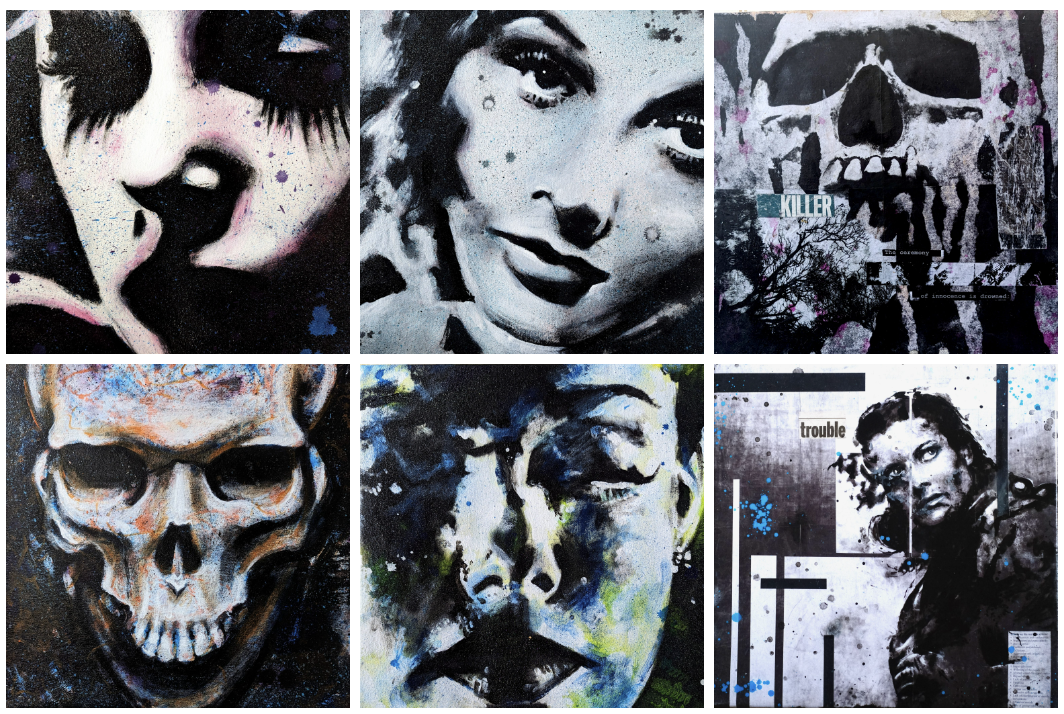
Romancing the AI – Using Neural Networks as part of the creative process
I’m not just an artistic genius you know. I have a day job (well, not at the moment, but let’s pretend) that involves me using clever coding algorithms to tease information out of voluminous and/or complex data sets. It’s both challenging and satisfying and I’m very good at it. It’s also not so different from…
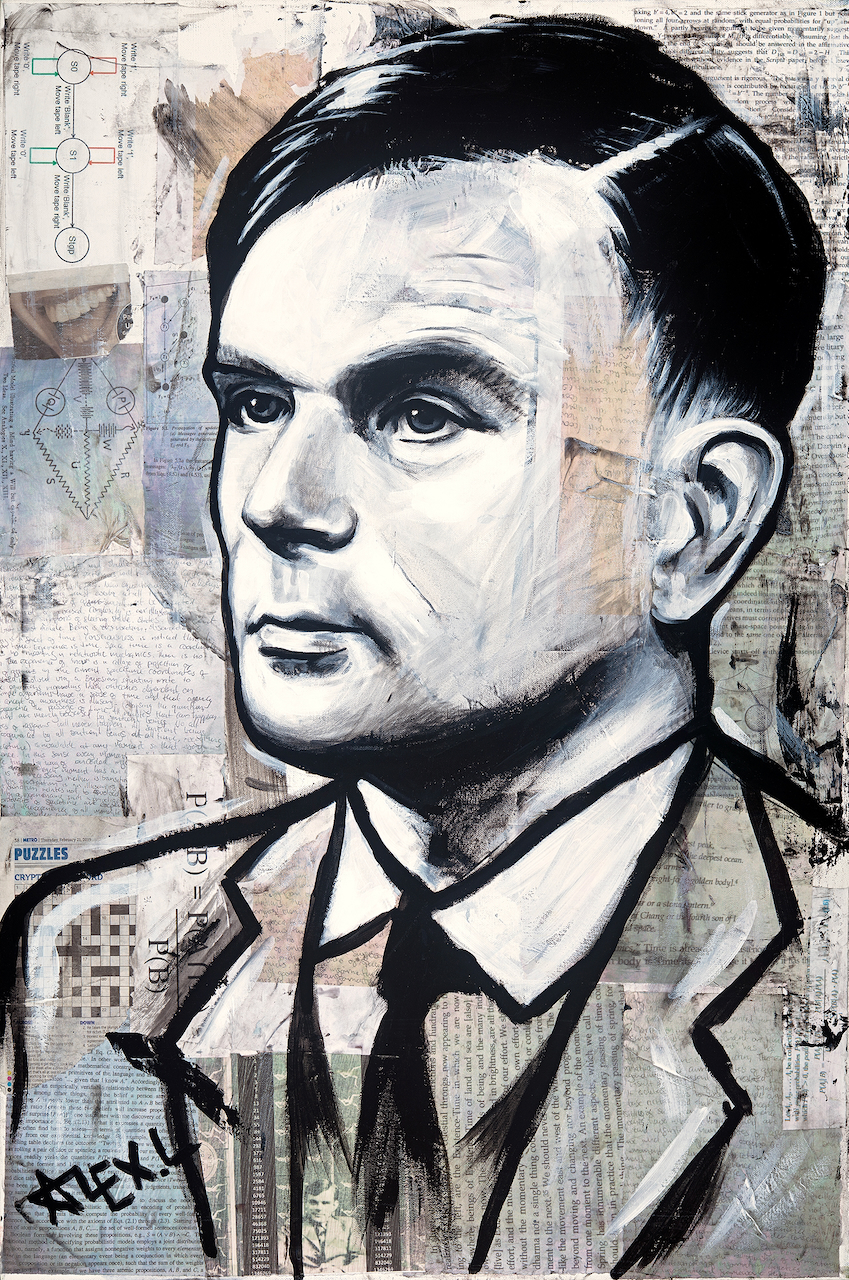
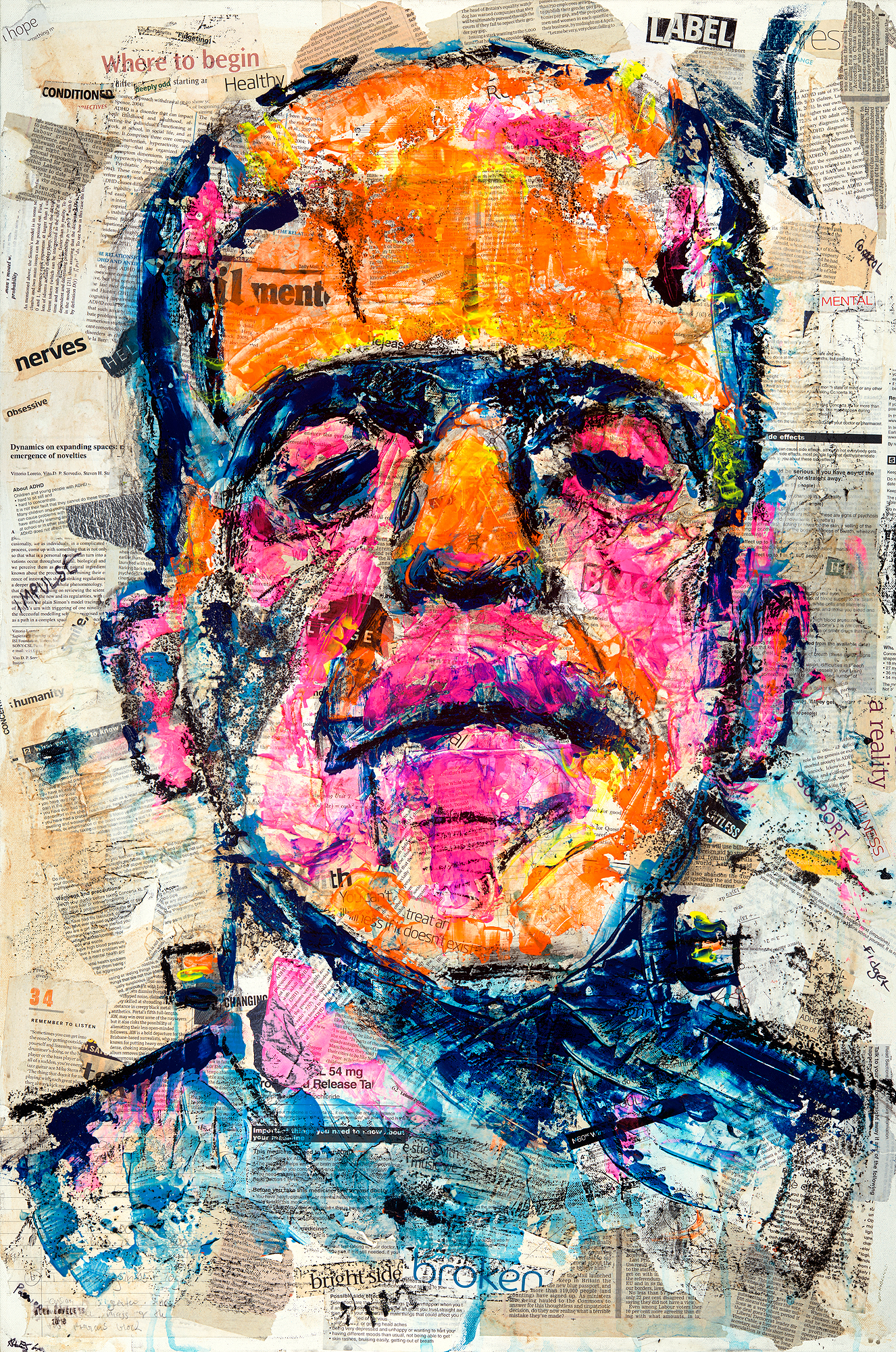
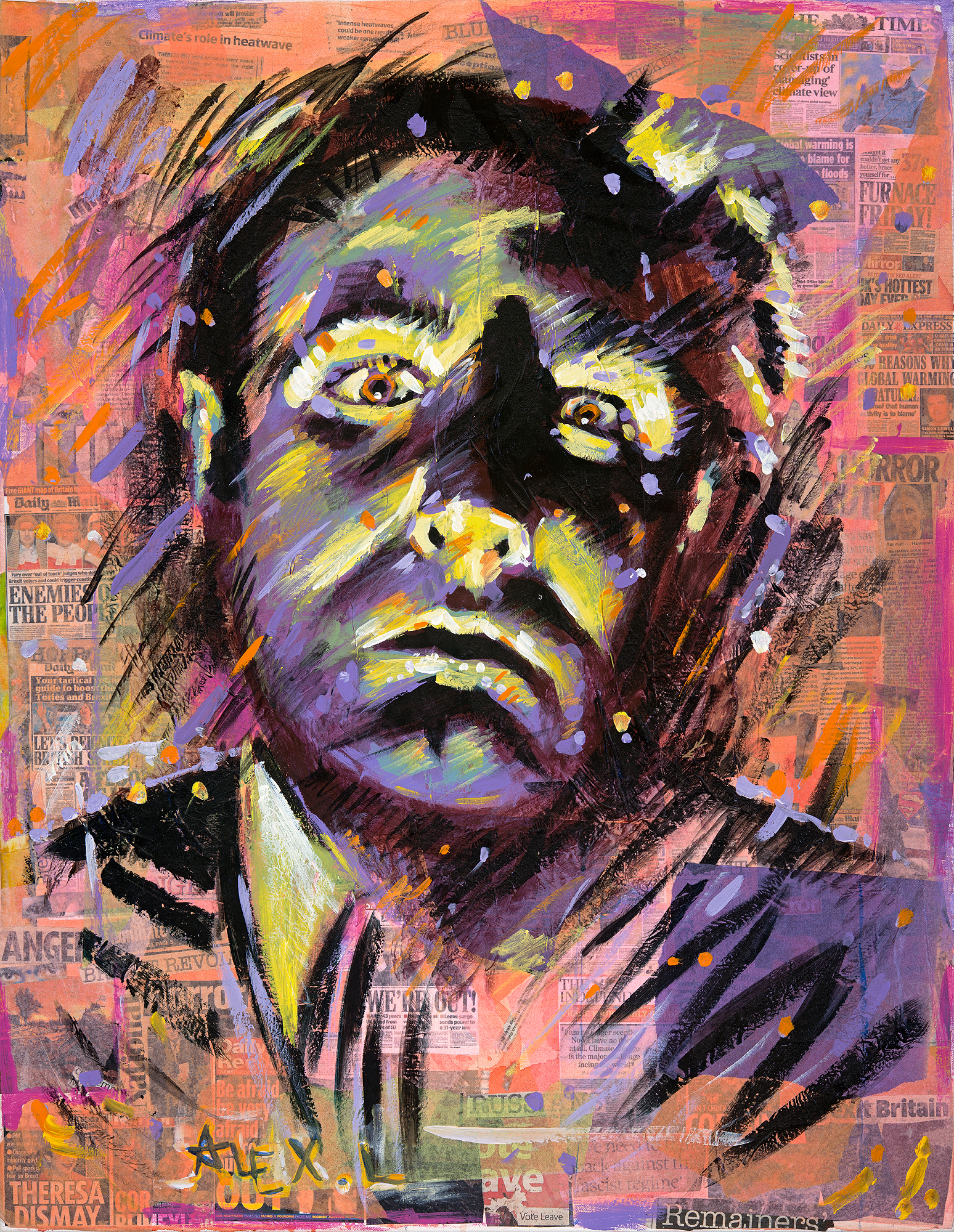
Plan? Nein. by Alex Loveless (2018)
Acrylic and Mixed Media on Canvas. 70cm x 90cm. Click Here to Buy Prints
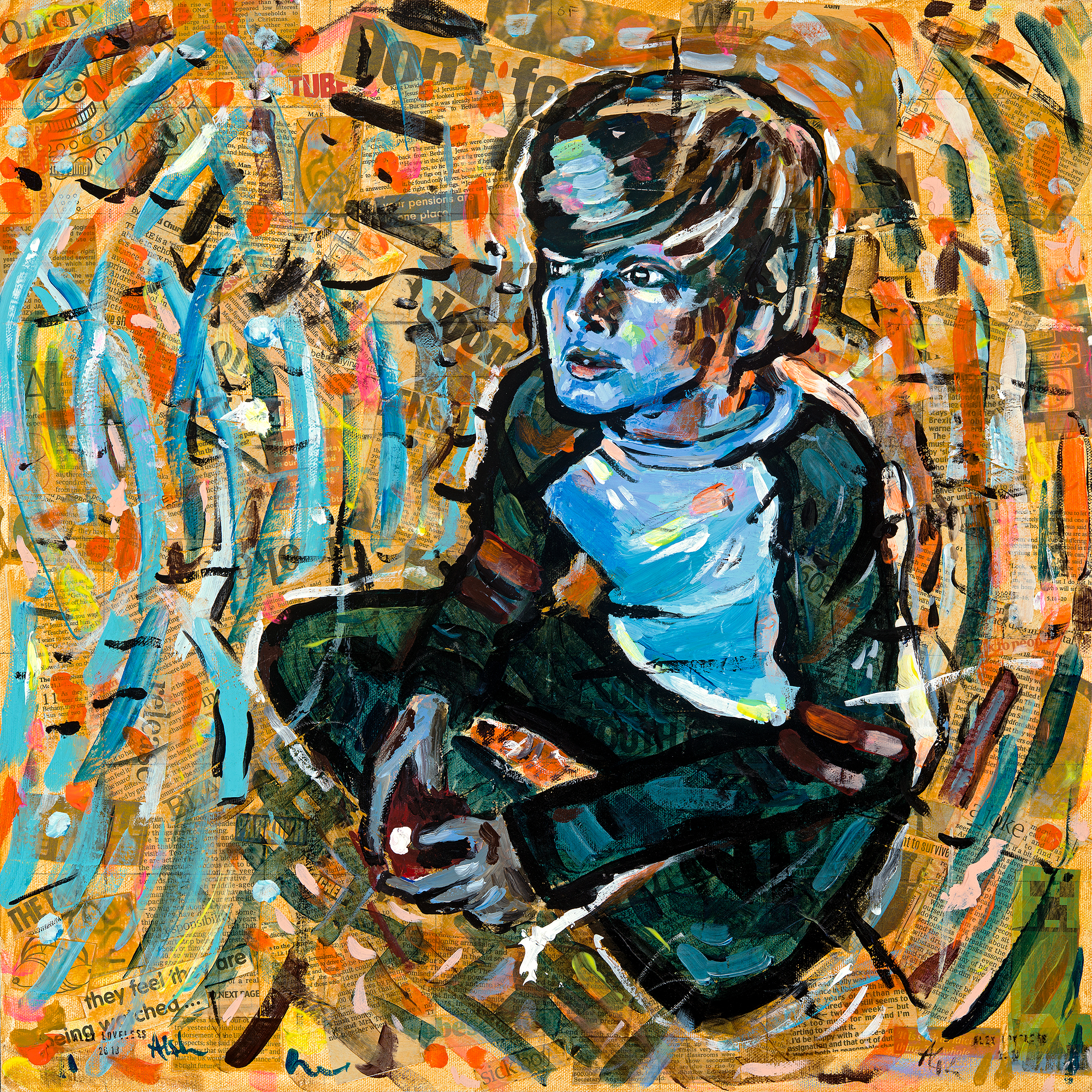
Pay to Win
I find myself increasingly concerned for the plight of the younger generations. The older generations, who supposedly should be benefactors, mentors, and protectors of their kids’ and grandkids’ futures are repeatedly selling out their futures in favour of short term self interest, base prejudice and ego. While they frown on the kids as video games…
